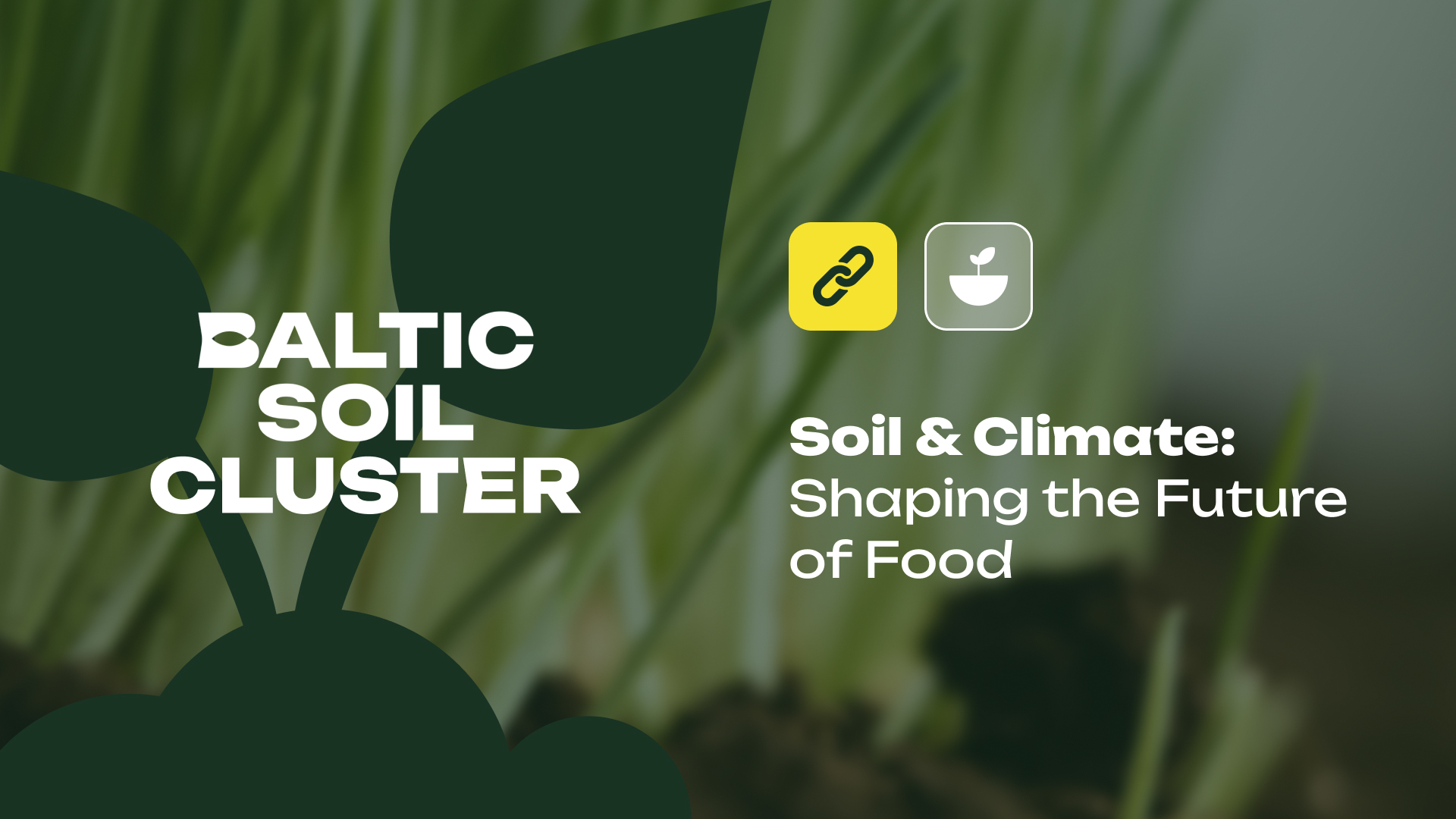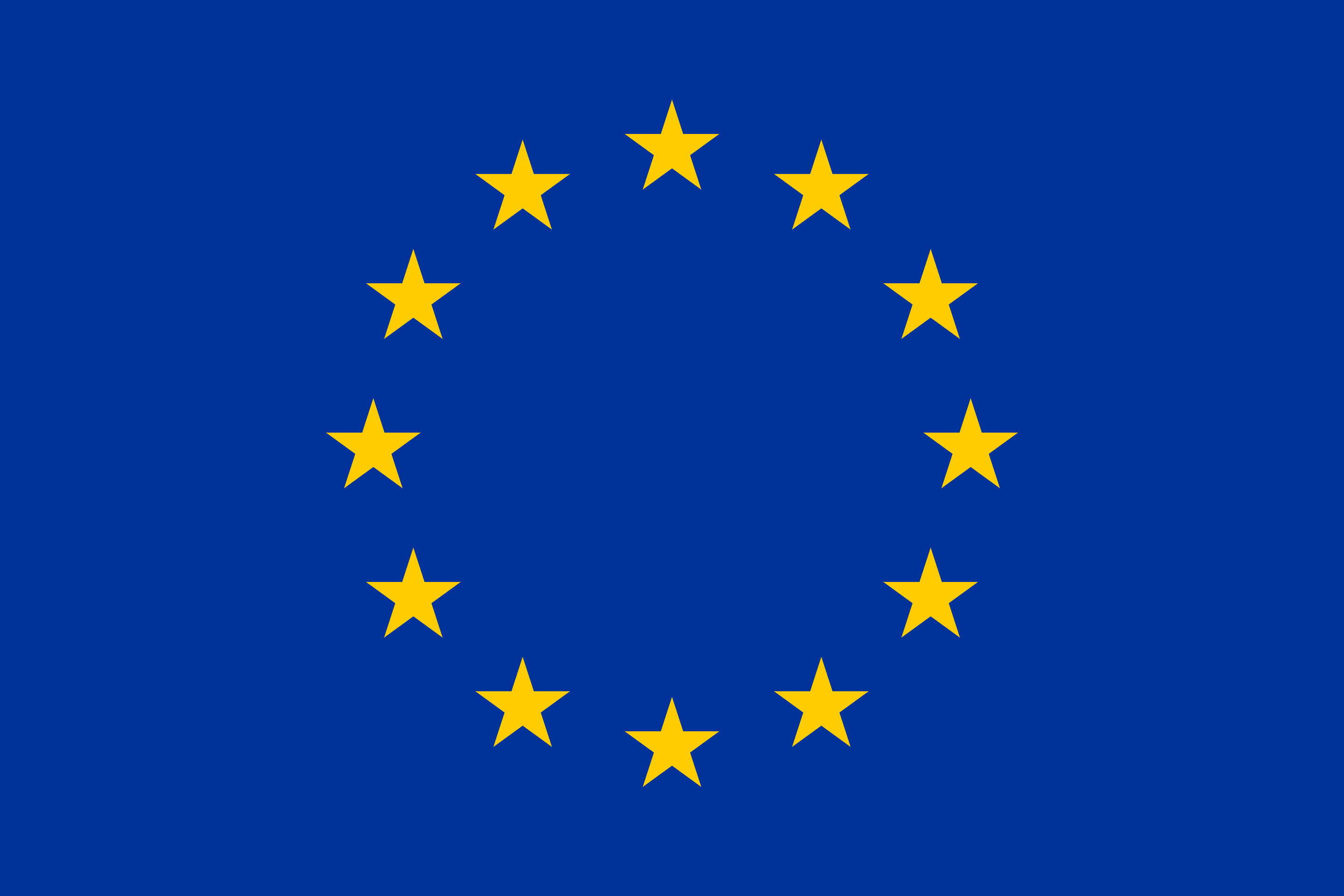
When we think of climate solutions, we often picture solar panels, electric cars, or wind turbines. But one of the most powerful climate tools already exists under our feet: soil.
Healthy soils and peatlands act as carbon sinks, locking away billions of tons of CO₂. Mismanaged, however, they can just as easily become one of the largest sources of emissions. That’s why the work of organizations like Baltic Soil Cluster matters more than ever.
Peatlands cover just 3% of the Earth’s land area – yet they store twice as much carbon as all the world’s forests combined. When preserved and used responsibly, they safeguard biodiversity, regulate water systems, and stabilize our climate.
But when drained or exploited unsustainably, peat releases vast amounts of greenhouse gases. For the horticultural industry, this creates a challenge: how to meet growing food demand without compromising the environment.
Baltic Soil Cluster addresses this by working on three fronts:
The cluster’s role is not just production – it’s transformation. By connecting industry players, it creates a common path toward greener horticulture.
Soil management isn’t just about plants – it’s about people and the planet:
In other words, soil is a hidden infrastructure that quietly sustains life.
Climate goals will not be met without soil stewardship. The Baltic region, through initiatives like Baltic Soil Cluster, is showing how local innovation can have global impact.
The next chapter of climate action isn’t just about clean energy – it’s about clean soil. And every step taken today brings us closer to a more resilient, food-secure, and sustainable future.
💡 Final Thought The story of soil is the story of our future. By protecting and innovating what lies beneath, we safeguard everything above.
Edita Grigaliauskienė
Cluster Coordinator
+370 686 14401
edita.grigaliauskiene@sccic.lt
Aistė Čepaitienė
Cluster Coordinator
+370 61609730
aiste.cepaitiene@sccic.lt

Co-funded by the European Union
© 2025 by Baltic Soil | All Rights Reserved